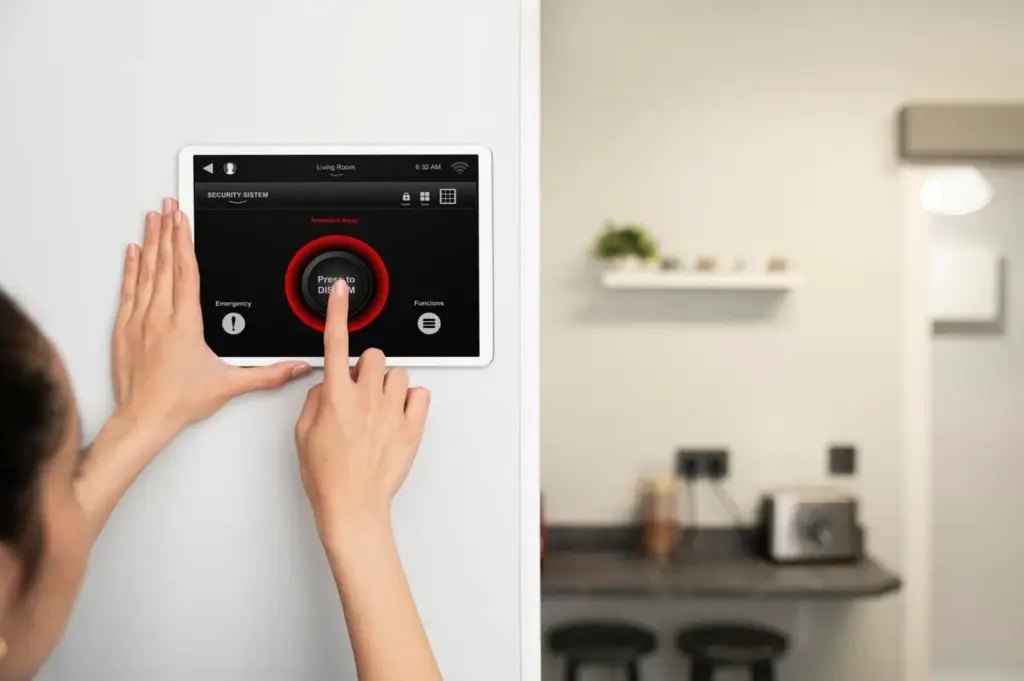Keep Your Smart Home Running Smoothly
Today we dive into smart home maintenance, firmware updates, and troubleshooting strategies, bringing practical routines, update checklists, and calm diagnostic methods you can rely on. Expect approachable guidance, candid lessons from real households, and tips that respect your time. Share your own wins or mysteries in the comments and subscribe for fresh, field-tested insights that keep your connected spaces responsive, resilient, and delightfully simple to live with every day.

Proactive Care for Connected Devices
Consistency beats complexity when caring for connected gear. A short monthly routine—checking power, dusting sensors, verifying app presence, and confirming automations—prevents mysterious glitches later. We will outline simple checkpoints, realistic time estimates, and family-friendly habits that keep devices healthy without becoming a second job. Comment with your favorite quick wins, and we will fold the smartest ideas into a future roundup for everyone’s benefit.
Mastering Firmware Updates Without Fear
Updates deliver security patches, performance gains, new integrations, and occasional surprises. We will show you how to evaluate readiness by reading release notes, backing up configurations, and planning staged rollouts. Learn a calm procedure that minimizes downtime while keeping vulnerabilities closed. Share your preferred maintenance windows to help others coordinate upgrades smoothly across busy households.

Network Foundations: Wi‑Fi, Hubs, and Matter
Stable connectivity underpins every automation. We will cover channel planning for 2.4 GHz devices, interference from microwaves and baby monitors, router placement, and when to add wired backhaul. You will also learn how hubs bridge Zigbee, Z-Wave, Thread, and Matter, reducing latency and improving local resilience during cloud outages.

Troubleshooting Mindset and Flow
Write a simple script or routine that intentionally triggers the issue. If it disappears, note environmental conditions like time of day, sunlight, or HVAC cycles. Swap components one by one. Keep an evidence log with timestamps, photos, and measured outcomes to confirm progress rather than trusting hunches during stressful moments.
Enable verbose logs only as long as necessary. Ping devices by hostname to catch DNS quirks. Track signal strength, latency, and packet loss over time. Correlate drops with events such as microwave usage, firmware updates, or power-saving modes. Visual dashboards make patterns obvious and help nontechnical family members understand tradeoffs.
Open a ticket with precise reproduction steps, environment details, serial numbers, and recent changes. Attach logs trimmed to the failing window and short screen recordings. Include what you already tried. Ask for known issues and firmware timelines. Polite clarity often accelerates escalation and gets you practical workarounds while fixes mature.
Automation Reliability and Fail‑safes
Reliable routines make homes feel magical. Build guardrails so a flaky sensor does not switch off lights at the worst moment. Prefer AND conditions with secondary confirmation, add timeouts, and include manual overrides. Choose platforms that run locally to survive internet hiccups. Share your favorite failsafes so others borrow them confidently.
Designing automations with graceful degradation
Use presence plus motion, or brightness plus time windows, rather than single triggers. Include retry loops with backoff. Provide fallback states when data is missing. Alert rather than act on ambiguous inputs. Keep critical lighting conservative at night so misfires inconvenience rather than endanger. Test edge cases before declaring victory.
Local control beats cloud dependence
Latency, outages, and account limits can derail routines. Favor bridges and controllers that execute rules locally, cache state, and sync when the internet returns. Mirror key scenes to wall switches and voice assistants. If a vendor sunsets services, your daily flows keep working while you plan a graceful transition.
Backups, exports, and documentation
Schedule automatic exports of rules and device lists to encrypted cloud storage and a local drive. Label breakers, rename devices clearly, and keep QR codes or pairing keys handy. Practice a recovery drill annually. Shared notes prevent guesswork when someone else needs to reset a hub during your vacation.

A motion sensor that lied at dawn
Sunrise through frosted glass looked like movement to a hallway sensor, triggering lights daily. Masking the lowest lens segment, adding a light threshold, and delaying activation by five minutes solved it. The lesson: combine environmental awareness with tiny rules that distinguish predictable noise from true intent.

The hub update that silenced a house
An overnight hub upgrade disabled a legacy Zigbee driver, leaving switches unresponsive. Because we staged updates, only the guest room was affected. We rolled back, re-mapped devices to a modern driver, and resumed rollout the next evening. Documented processes turned a potential meltdown into a calm, teachable moment.
All Rights Reserved.